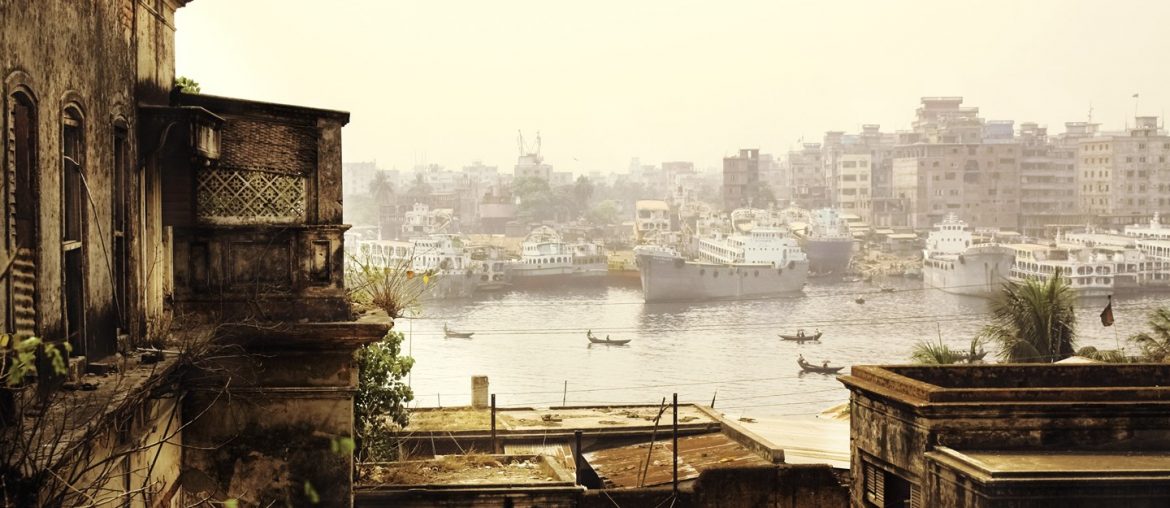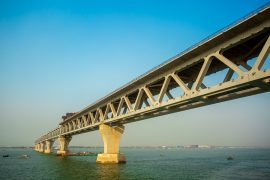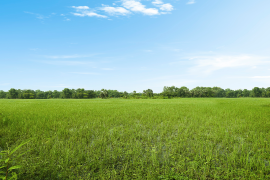The architectural landscape of Bangladesh is booming, to say the least. Talented architects are bagging international awards left and right, including the highly prestigious Aga Khan Award. Today’s Bangladeshi architects have the proper platform and environment, something that wasn’t always present, to showcase their unique designs and amazing skills. This has created a noticeable difference between the new and the old. The architectural landscape of Bangladesh is not the same as it was before independence; it’s not even the same as it was two decades ago. So join us, as we compare the current state of architecture in Bangladesh with the old and see how much it has changed.
The Prevailing Theme
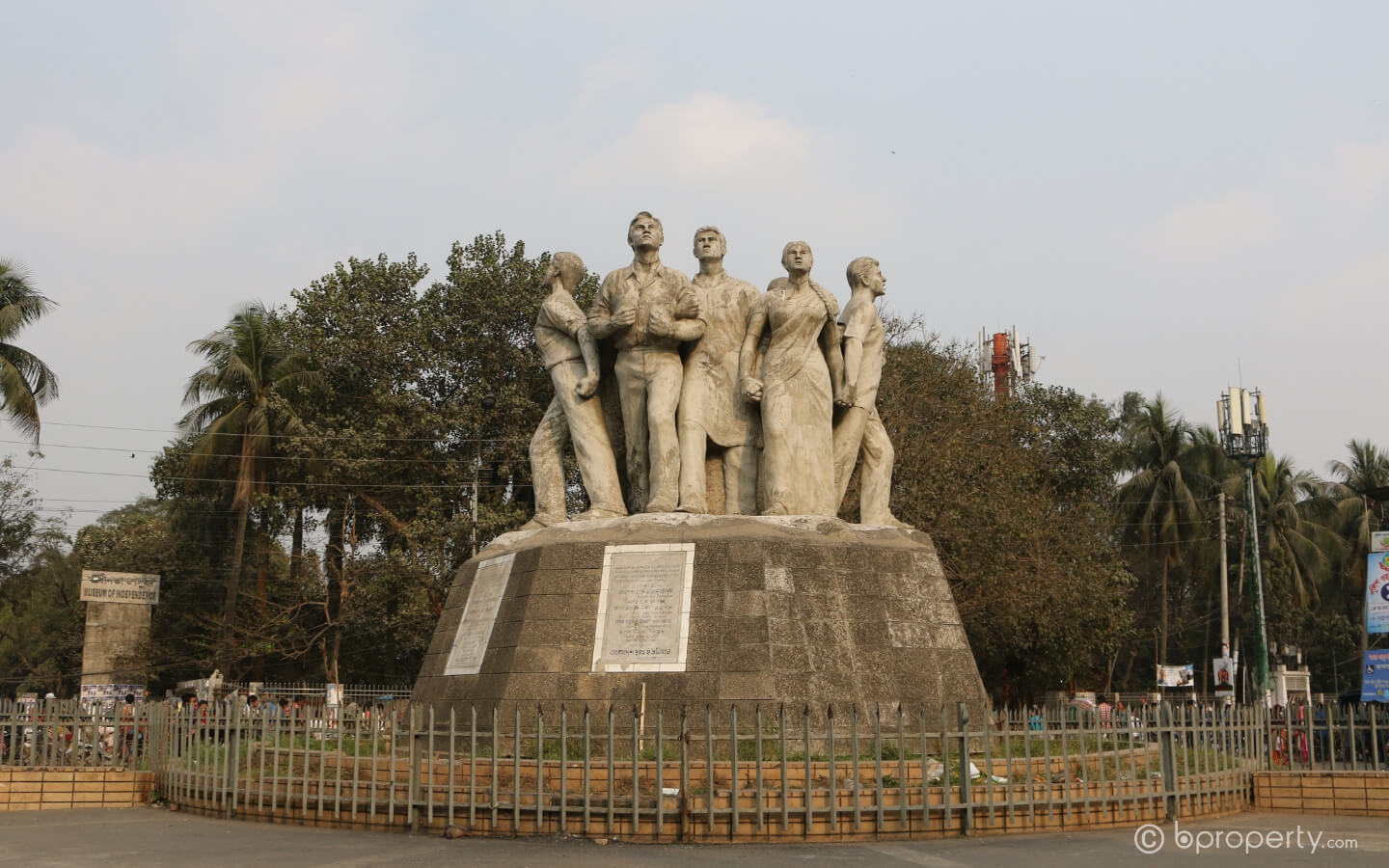
Architecture, like art, has often been used to express ideas and values. So it’s no surprise that the architectural landscape of Bangladesh has seen numerous changes throughout the ages as the situation and condition of the country changed. It has been a reflection of our struggle, determination, and needs as well as our inability to break away from shackles.
During the latter half of the colonial period, the entire subcontinent suffered neglect in regards to architectural innovation and creativity; none more so than the region of Bengal. The British, in their attempt to recreate Mughal architecture, created a blend of Mughal and locally inspired design termed Indo-Saracenic.
This gave way to a period similar to an architectural Dark Age, where faux-architects dominated the landscape with uninspiring designs. The then Pakistani government had little to no interest in putting resources in architectural development and wanted to continue the prevailing religious theme in their designs. The rise of nationalism from the 1960s to 80s led by Muzharul Islam and the introduction of western contemporary design in the following decades ushered in a new era.
Over the last two decades, the architectural landscape of Bangladesh has become more oriented toward unique, functional designs. Ergonomics, psychology, and various other aspects are now taken into account when designing the modern structures of today. This has led to the creation of some dazzling structures that are more sturdy and eco-friendly.
Maximizing Space

Space wasn’t really an issue for architecture in Bangladesh until recently. The rise of Bangladesh has been rapid, and the best way to understand this growth is to look at Dhaka. It went from a provincial capital to the capital of an independent state to a megacity in the span of less than fifty years. This meteoric rise created a scramble for space in all the cities across Bangladesh and forced architects to maximize the usage of space as well as go vertical. The tubular designs for high-rise buildings that we are so familiar with today were a rarity until recently. Dhaka’s current skyline is filled with residential and commercial buildings that are based on the philosophy of maximizing space.
In the past, there had always been plenty of available land in Bengal. The housing style of bungalows originated from the Bengal province. The style that takes advantage of the availability of space to integrate luxurious features was common until the late 70s. From the 80s onward till the new millennium, modern designs were predominant without sacrificing much space or going vertical.
A Bold Outlook
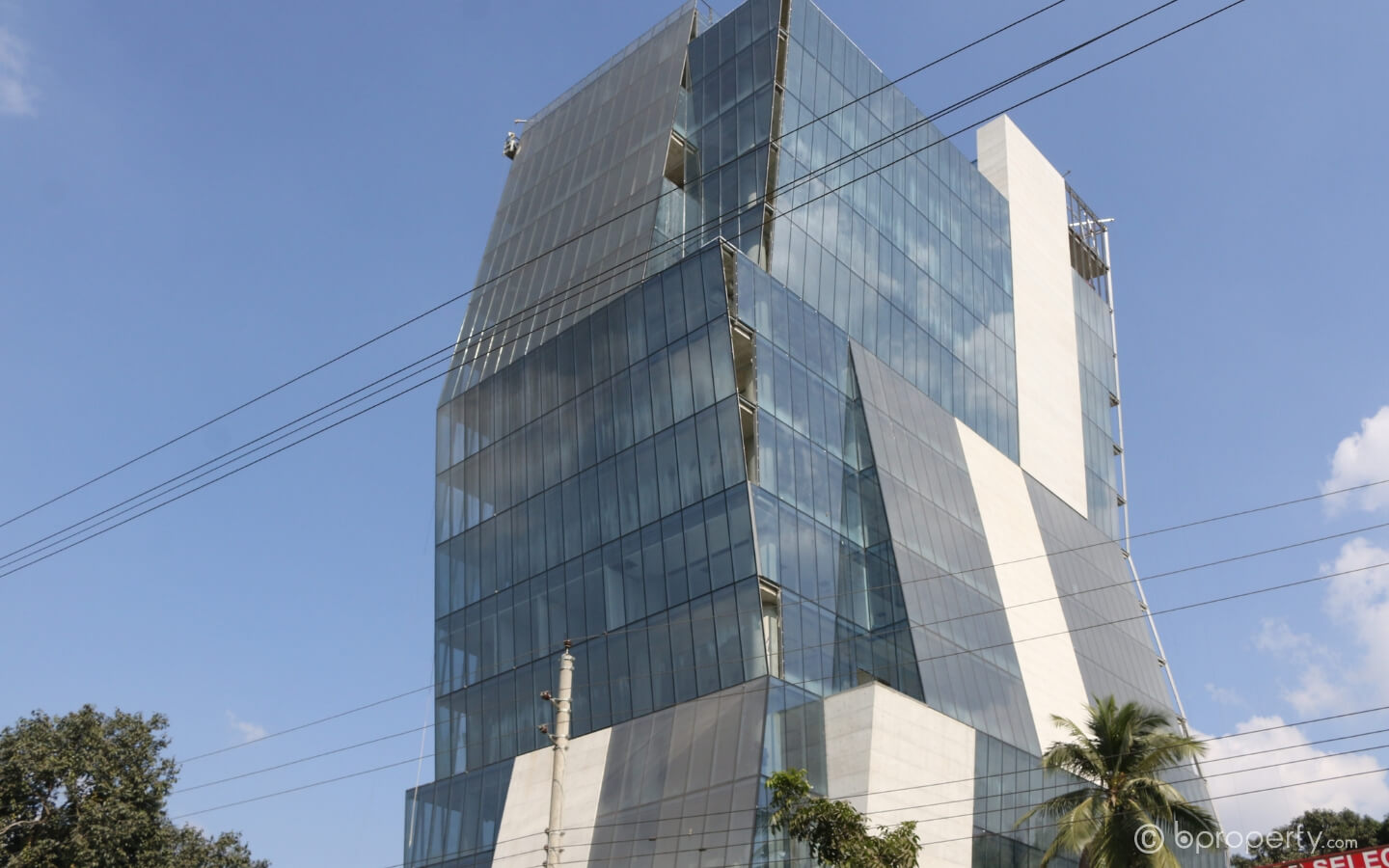
Architecture has always been about pushing the limits of design and innovation. Placidity is the last thing architects want as it leads to unimaginative and uninspired designs. Unfortunately, the history of architecture in Bangladesh isn’t without such a phase. As mentioned before, the Indo-Saracenic style of architecture has been prevalent for more than the first half of the 20th century. Very few changes in the architectural landscape took place during that period. The following period under Pakistan rule was no different, and some scholars argue that it produced some of the worst architectural designs in the history of the land. People in charge of overseeing architectural development, the Department of Public Works, were corrupt and employed individuals who had very few original ideas. This resulted in ‘Architects’ avoiding any and all challenges or innovations.
The present architectural landscape of Bangladesh is a sharp contrast to the dark days. Today’s architects have an open playing field of sort. Here they can challenge the word ‘Contemporary’ and create bold designs. This mentality and a setting that fosters such mentality have ushered in a golden age for architects in Bangladesh.
Like everything else, newer trends are sure to make their way into architecture in Bangladesh. While it is uncertain whether they’ll stand the test of time or not, what can be for certain is that any coming trend will stem from the culture, history, and religion of the people living here… as it always does.

